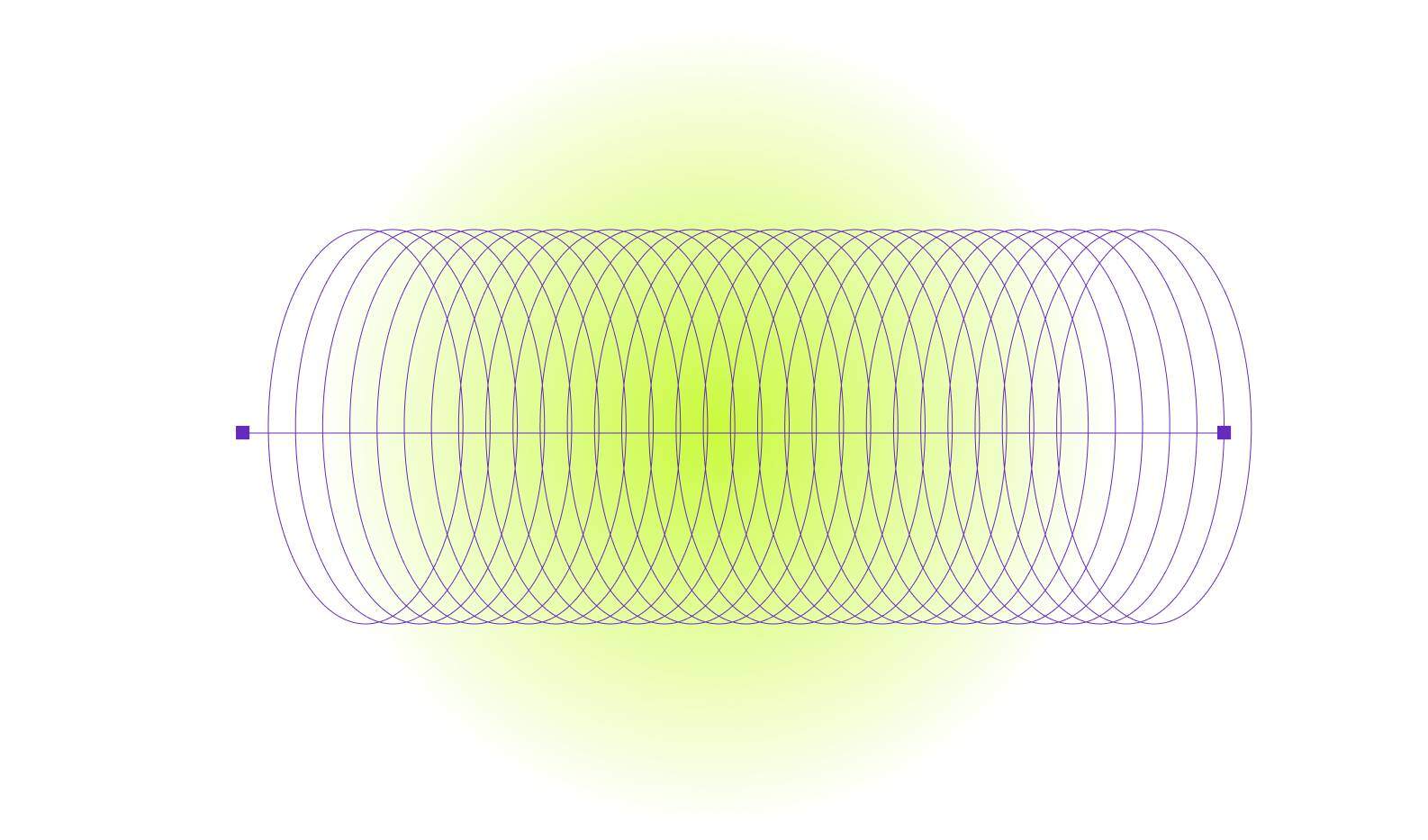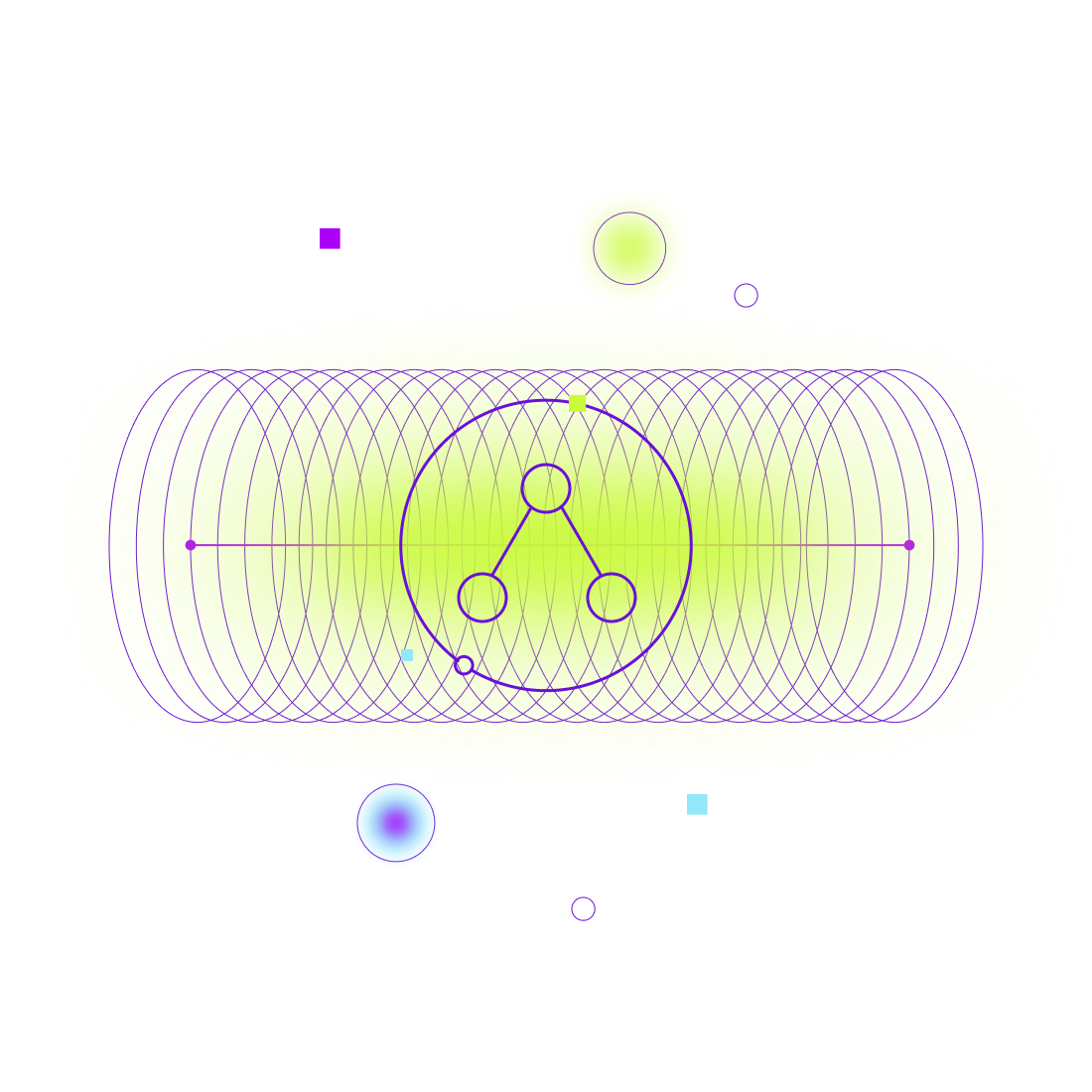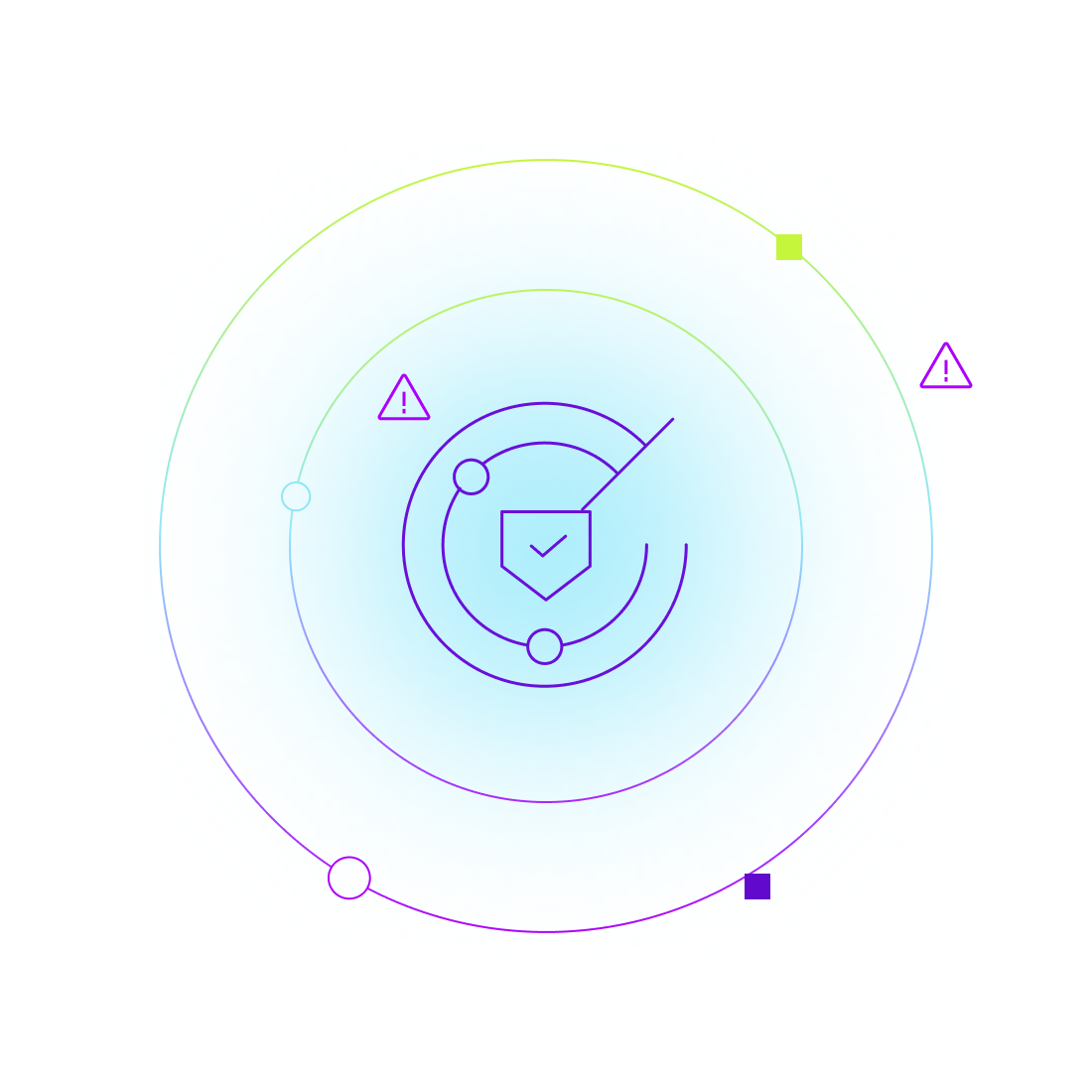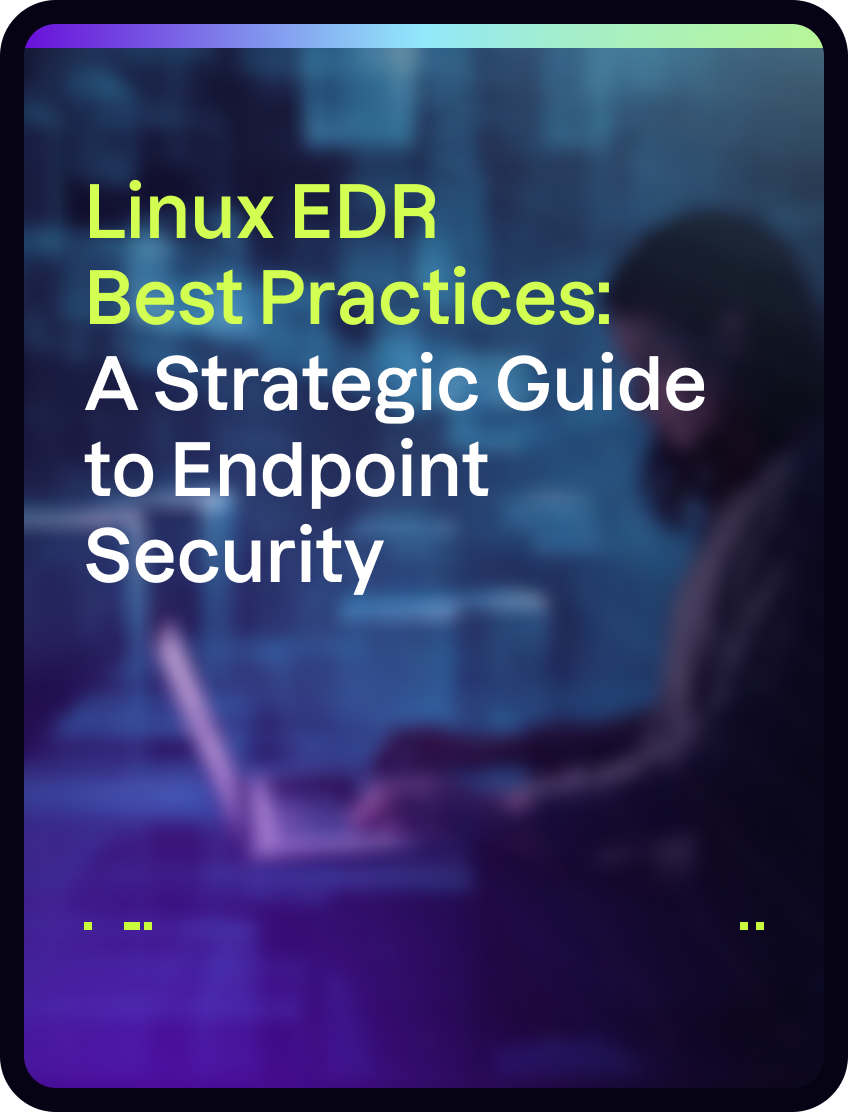Trusted by


What is Telemetry-Powered Linux EDR?
Telemetry-powered Linux EDR delivers deep visibility into processes, files, and network activity. With eBPF, it enables real-time monitoring with minimal overhead, even in high-traffic and containerized environments. Uptycs combines this telemetry with threat intelligence and automated response—earning the top Linux telemetry ranking from the EDR Telemetry Project.

Linux EDR by the Numbers: Telemetry, Efficiency, Accuracy
Linux Telemetry Ranking
Uptycs ranks first in Linux telemetry scores from the EDR Telemetry Project, ahead of SentinelOne, Microsoft, and CrowdStrike.
Telemetry Score
Uptycs achieved a 15.60 Linux telemetry score, compared to the next best at 14.60—showcasing unmatched depth and breadth of visibility.
Real-time Monitoring
Telemetry powered by eBPF delivers continuous monitoring of processes, files, and network activity without disrupting performance.
Revealed: The Biggest Threats to Your Cloud Workloads
Key Insights and Takeaways
Telemetry as the Backbone of Linux EDR
Discover how continuous telemetry across system calls, files, and processes provides the visibility needed for early detection and retrospective investigation.
eBPF – The Linux Visibility and Performance Enhancer
Learn how eBPF enables kernel-level monitoring with minimal resource impact, delivering rich context for containers and high-traffic environments.
Critical Features for Effective Linux Threat Detection
Explore the essential capabilities—code injection detection, file integrity monitoring, and process tracking—that strengthen Linux defenses against modern threats.



Key Insights and Takeaways
Telemetry as the Backbone of Linux EDR
Discover how continuous telemetry across system calls, files, and processes provides the visibility needed for early detection and retrospective investigation.
.png)
eBPF – The Linux Visibility and Performance Enhancer
Learn how eBPF enables kernel-level monitoring with minimal resource impact, delivering rich context for containers and high-traffic environments.
.png)
Critical Features for Effective Linux Threat Detection
Explore the essential capabilities—code injection detection, file integrity monitoring, and process tracking—that strengthen Linux defenses against modern threats.
.png)
Key Linux EDR Capabilities Powered by Telemetry and eBPF
Continuously monitor system calls, files, and network activity to spot suspicious behavior early.
Automatically isolate affected systems, halt malicious processes, and block harmful activities to contain attacks.
Go beyond containment with rollback and historical analysis, restoring compromised files and tracing attacker activity.
Leverage eBPF for efficient, kernel-level observability that scales across diverse Linux workloads.
Detect advanced techniques with built-in file integrity monitoring, code injection detection, and process lineage tracking.
Augment telemetry with threat intelligence feeds for proactive hunting and faster SOC response.
“Pharmaceuticals, hospitals, healthcare, public companies, organizations that don’t have the talent and skills to defend themselves - they’re getting sucker- punched.”
“Uptycs contextualizes threat activity across K8s, cloud services, and laptops. We've dramatically shortened our threat investigation time.”

